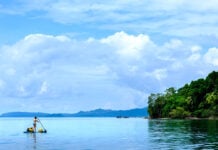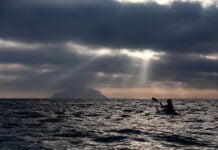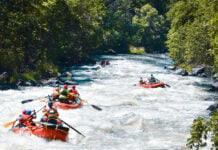Engineers have created a 15-foot commercially runnable waterfall, you will take 462 river selfies before you have your first child, our boats are 28 percent fatter than just 15 years ago, and 23 other things you probably didn’t know about whitewater today.
26 new rules for whitewater today
1 Carbon footprint
Back in the day, if you wanted to whitewater kayak you built your own fiberglass boats. Nowadays, if you want to win slalom at the Olympics you paddle a carbon fiber boat. The origins of modern freestyle are in squirt boating—also all-composite boats. Carbon composite boats won most of the medals at the 2015 Freestyle World Championships. Carbon is also in carbon dioxide, the colorless and odorless gas exhaled in excess when paddlers fortunate enough to paddle such boats go off about how much better their boats are than yours.
2 Sweep roll, bro
“The C-to-C roll was popular in the ‘90s,” says Charlie MacArthur, who’s been teaching whitewater kayaking for the ACA since 1990. “It worked best with low-decked and narrower boats. I will still happily work with a student to help hone their C-to-C, but people generally take to the sweep roll due to its speed and friendliness in wider modern boats. Less flexibility is needed for the sweep roll technique, and there are fewer shredded thumbs from rubbing on harder chines.”

3 #Packrafting
If you could put your seven-pound whitewater boat on your bike where would you go? Before you can go where you could not, hmmm. Yes, to get that last sentence we used the official Yoda-Speak Generator. Herh herh herh.
4 Outfitting
“Gear used to be a big liability,” says long-time ACA instructor Kent Ford of the kayaks he was teaching people to paddle back in the 80s. “The worst part was that the boats didn’t fit larger people, and nearly everyone was tippy because outfitting forced the knees close together—it was like paddling a tightrope,” says Ford. “Even the first plastic boats, the Dancer and Mirage, had terrible outfitting.” These days outfitting is so user-friendly there’s no excuse for having an ill-fitting kayak. The trouble with outfitting today is that it’s so comfortable people don’t take the time to really dial it in. In the little mesh bag lays the secret to greater boat control. No contact (cement) high required. Too bad.
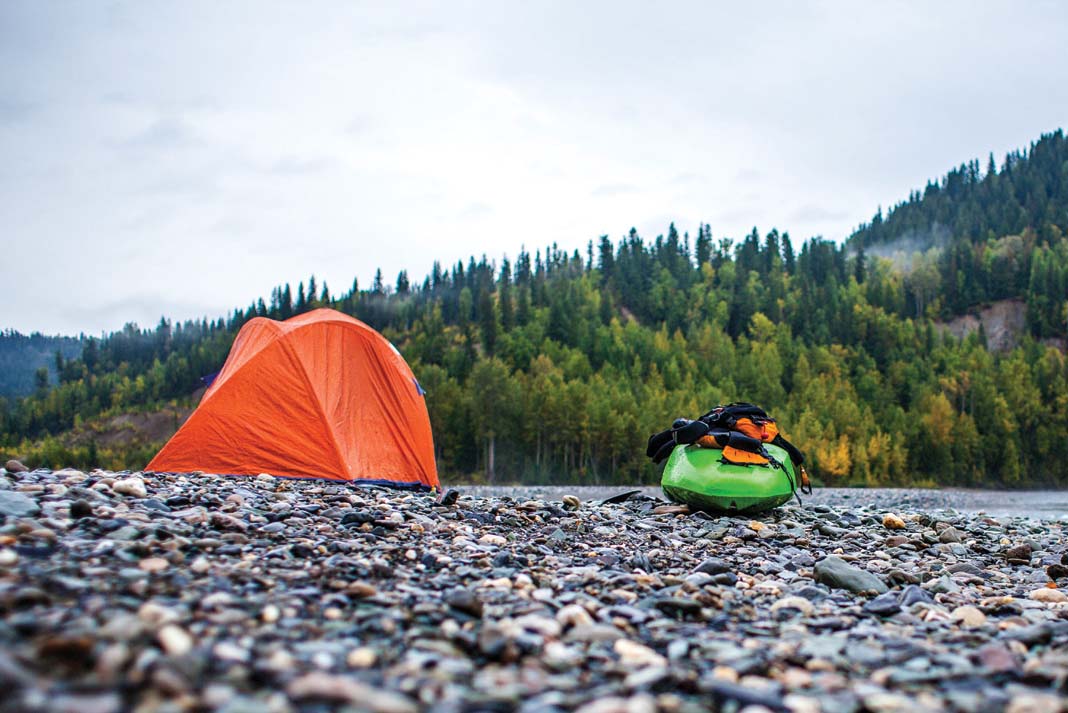
5 Live near a river
If you spend more time driving to and from the river than on the water, it’s time to move. And we’re not the only ones who did. River towns are exploding everywhere.
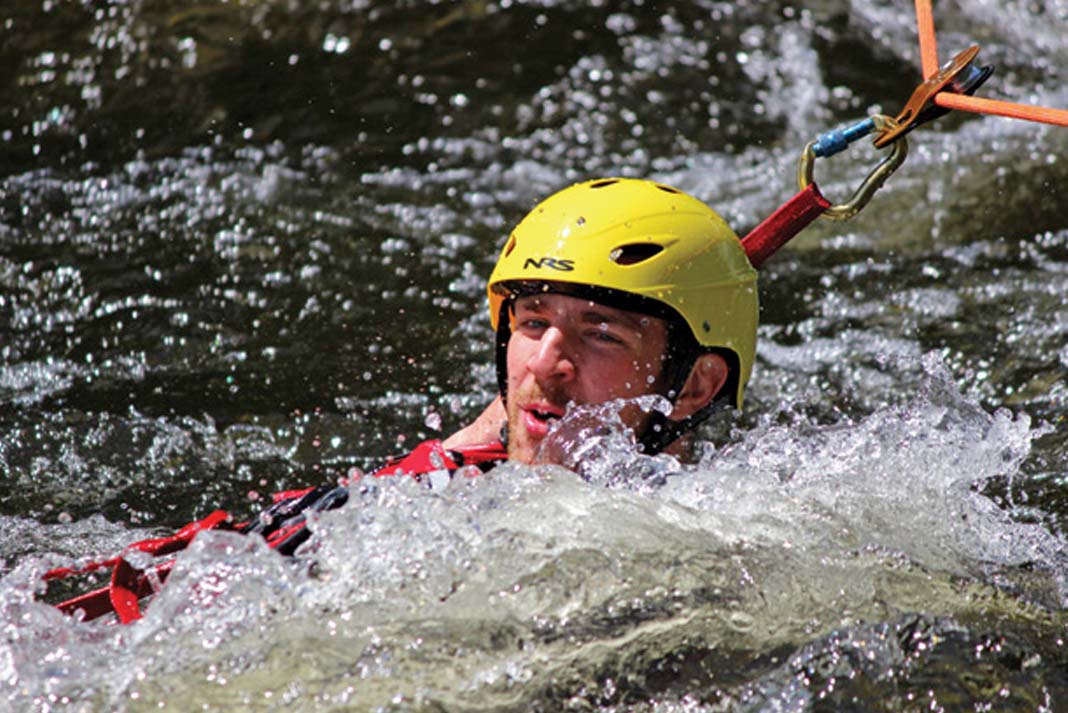
6 4–3–2–1
This new rule-of-thumb for rescue gear popped up six years ago and has changed the way we carry our equipment, right? “It can all fit in your pocket and on your person,” says Dan Kirvan, regional manager and Whitewater Rescue Technician instructor at Raven Rescue. Since pulleys and quality ropes have gotten smaller, and PFDs are designed to accommodate this kit, “You no longer have all your rescue equipment in one boat, which is invariably the one that will need help,” says Kirvan.
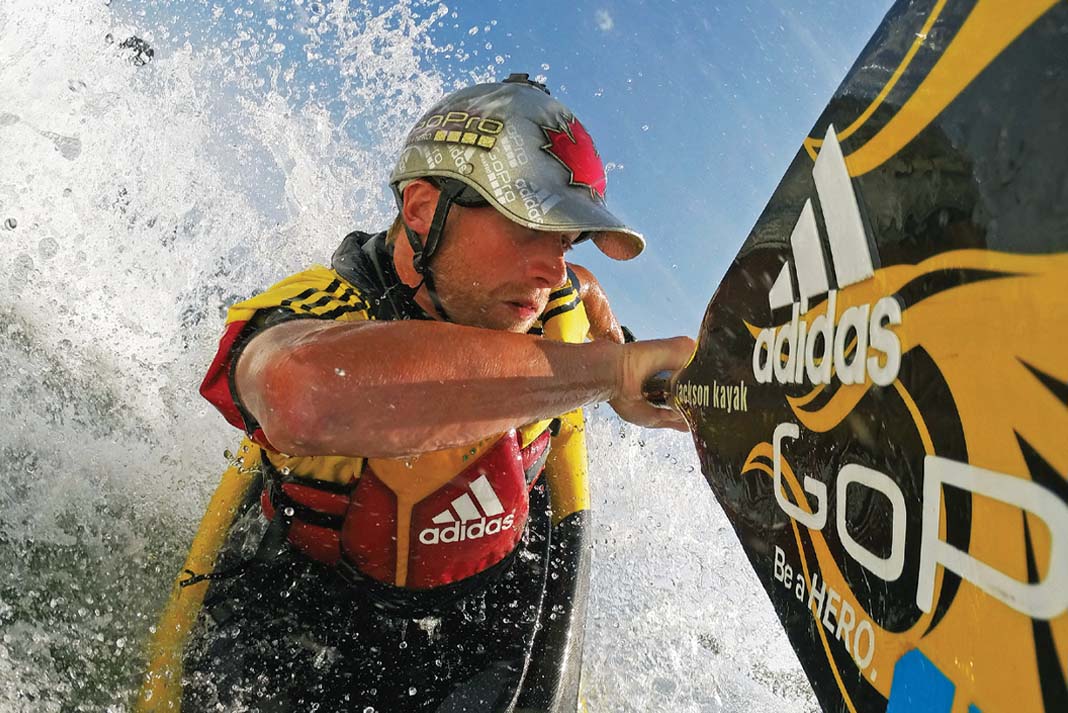
7 Selfies
Millennials are people between the ages of 18 and 34. Whitewater paddlers are generally people between the ages of 18 and 34. A recent study found that a Millennial may take up to 25,700 selfies in his or her lifetime. If a Millennial paddled 15 weekends per year every year from high school to a mortgage with children, he’d take an average 462 whitewater selfies. So, you are probably wondering, if you didn’t take a selfie on the river did the trip really happen? Yes.
8 Stop paddling harder
“Really, really, really, really inaccurate teaching.” That’s how instructor Andy Convery describes the old school “Power, Angle Tilt,” tool for teaching new paddlers. “We used to say, ‘Go in at 45 degrees to the eddy line. Unless the current is super fast, then go less. Or if the current is super slow, then open up a little more.’ So, what we were basically saying was, ‘just make it up and paddle harder.’”
“Now we look for wave troughs as the gateway of entry to current. The new rule is ninety degrees to the trough. Don’t worry about eddylines or the rocks or the beach or the dog on shore, just look at the trough. When you start using that, you can be very accurate. It’s a tool to develop judgment about how much momentum you need instead of just yelling, ‘Go hard! Go fast!’ which makes people think if they’re not strong, they’re not going to be able to paddle whitewater.”
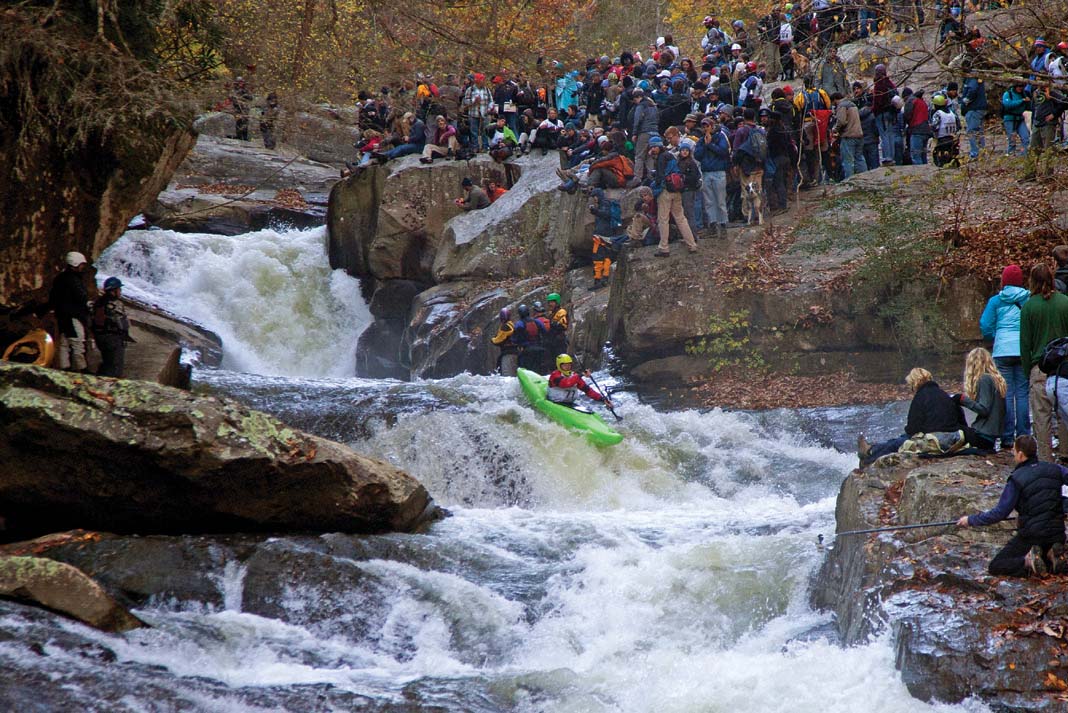
9 Paddle faster
The Green River Narrows Race is an annual gauge for advancements in our sport, and race times are sneaking up on the coveted four-minute mark. The 2015 co-champions, Eric Deguil and Dane Jackson, clocked in at a record-breaking four minutes and thirteen seconds, while a total of 60 participants finished in less than five minutes. For some perspective, in ’99 when Rapid was launched, Tommy Hilleke’s time in the open class was five minutes and three seconds in a Prijon Tornado. It’s a little known fact that the Tornado has eight open class wins, followed by Dagger’s Green Boat and Liquidlogic’s Stinger.

10 Bye, bye, American pry
“We used to focus on this perfect, mechanized, robotic forward stroke and what needed to be a super precise, impeccable stern pry,” says long-time open canoe instructor and owner of Echo Paddles, Andy Convery. “Of course, stern strokes in a solo open canoe still have their place, but when should you use them? Only when you absolutely need them. We’ve tried to move away from using them as a crutch because they rob valuable momentum. The goal is to recognize that momentum is hard-fought and maintain it when at all possible. When you’re in control, stay up in the bow and adjust your line with bow strokes.”
11 Enough about sex
We’re past an important tipping point, so read carefully: Ladies charging hard is so much of a thing now that it is not actually a thing anymore. Celebrating women’s accomplishments on the water because they’re women just feeds old-school gender stereotypes. It’s 2016. We’re all paddlers. Move on, please.
12 Gates
There’s a reason certain people clean up at competitions. What do Nouria Newman, Pat Keller and Katrina Van Wijk have in common? Hours and hours running gates. With downriver races growing in popularity, it’s never too late for gates. Green down. Red up.
13 Straps
Before NRS cam straps there was rope and these three knots: bow line, trucker’s hitch and half hitch.

14 Access
“It’s great to say you’re a conservationist and then go out and huck some waterfalls, but I didn’t want to be that guy who said I stuck up for something and then just jumped in my kayak and drank beers at the take-out,” says whitewater filmmaker Mike McKay, whose films are now largely conservation themed. There have always been hardworking river advocates. Now it’s expected of us to fight for what we love. Talk is cheap, and so is tweeting.
15 Tool rule
Yes, you should carry a rope and a knife even if you don’t know what to do with them. We’ve evolved past the old argument that rescue gear, in untrained hands, will do more harm than good. Yes, a rescue course is still the best idea, but having basic tools on hand provides options in an emergency and ups the odds that someone will be able to respond. “At the very least, this rule reinforces the moral obligation we have to our fellow paddlers,” writes Jeff Jackson, risk management author and Rapid magazine columnist.
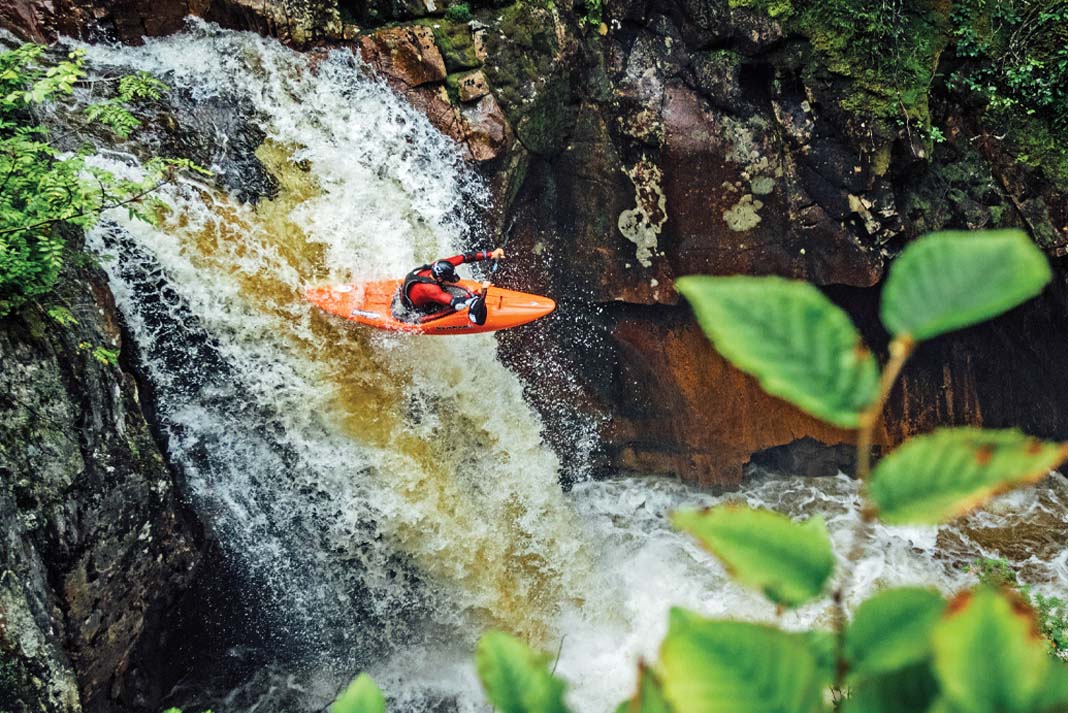
16 Go bigger
Tyler Bradt holds the world record for tallest waterfall kayak descent with his 2009 drop of Washington’s 186-foot Palouse Falls. Brad McMillan set the open canoe record in 2014 with a descent of Alabama’s 70-foot Desoto Falls. However, it’s not just the world record holders who are going bigger.
“In the early days you never had people arriving [to courses] with intent to paddle the steeps,” says ACA instructor Kent Ford, who’s been teaching kayaking since the ‘70s. “They are obsessed with waterfalls,” agrees World Class Academy teacher Crista Wiles of her students.
The WCA up-and-comers attribute the trend to the fact that big drops are a fairly recent development, so it feels like the next step up in whitewater. “Playboating has been replaced—by many, though not all—with downriver freestyle,” adds Wiles. “Waterfall running is what gets all the glory with kayaking at the moment.” And, to avoid triggering the ongoing is-going-bigger-good-or-bad-for-the-sport debate, let us say that class III is still as good as ever.
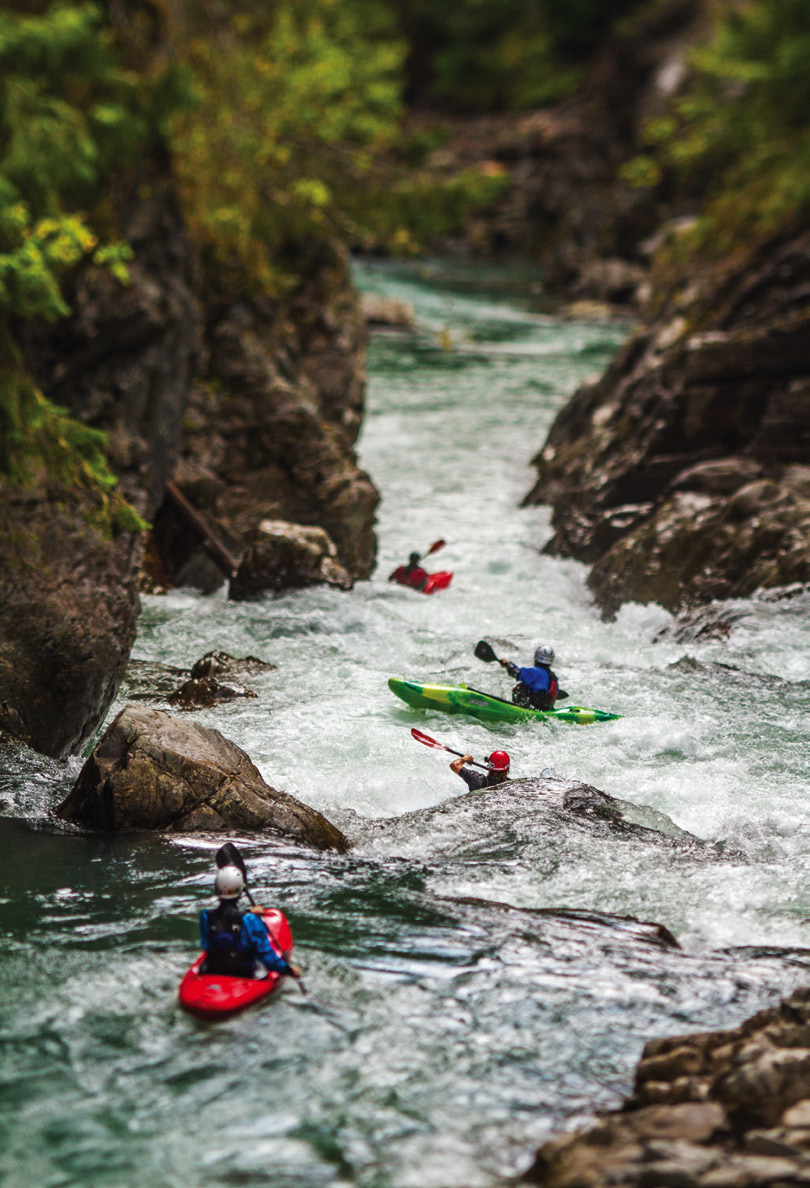
17 Why duckie style is all wrong
You’ve seen it. It goes something like this: The instructor—Mama Duck, as he’s almost certainly referred to himself—runs a simple center entry, makes a wide arc around a rock garden to the deeper left channel before heading to the river right eddy. Mama Duck knows the line. One by one the ducklings follow, getting closer and closer to the rocks until poor duckie number four gets hung up. A pile up on the rocks ensues. The end-of-the-line duckies didn’t stand a chance.
This follow-me approach to teaching whitewater needs to go away. We must end the Duckie Dynasty! Sure, it gets people down the river quickly, but it’s of little service to our students and friends. We used to scout everything so everyone knew the lines. As soon as duckies are following Big Mama, they stop trying to read the water, they stop paddling for themselves, and they stop learning. In this case, the old rule should be the new rule.
18 Go green
From fuel-free stoves to recycled underwear (really), there’s now more outdoor equipment that helps us keep the planet clean.
19 BioLite stoves
Time to replace white gas with teeny twigs. Boil times are comparable to your average camp cooking setup, and these stoves also harness the power of the mini fire to juice up your USB chargeable devices.
20 Goal Zero chargers
Even your headlamp batteries can be rechargeable. Goal Zero chargers are light, portable and weather resistant. Stay charged even on longer trips with the simple power of the sun.
21 Patagonia panties
Patagonia recycles soda bottles, manufacturing waste and worn out garments to make polyester without relying as heavily on petroleum-based products. The result is a light, moisture-wicking fabric perfect for paddling pursuits.
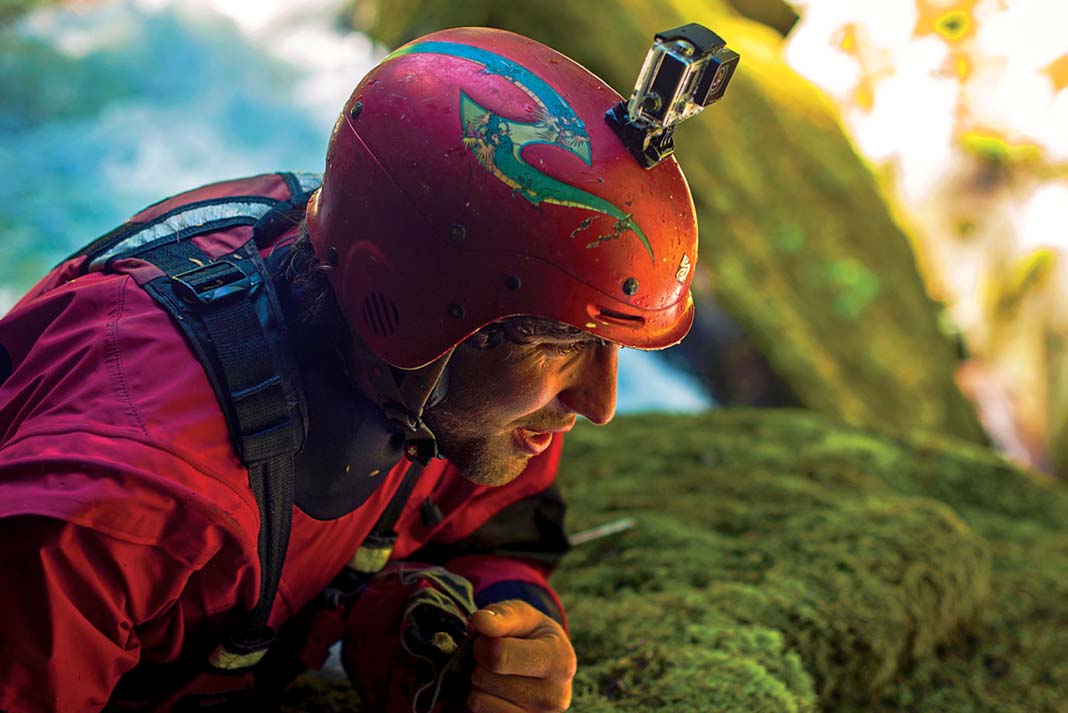
22 Sponsor me
Notwithstanding selfies (above), capturing your life on a POV camera is the way to score sponsorships in the digital age. “Everyone thinks it’s about how big you can airscrew, but these companies might not even know what an airscrew is,” says Nick Troutman, who appears heavily branded by GoPro, Jackson Kayak and Adidas in just about every photo you see of him. “It’s not as much about skill level as it is about what you can bring to the table for a company,” says Troutman. “It is a bit tedious to keep it going when I’d rather just be kayaking or spending time with my family, but it’s a job I’m very willing to do to be able to kayak as a career.”

23 Paddle parks
The very first man-made whitewater run in North America was created in 1966 in Kernville, California. A flood had destroyed the Kernville Bridge and the Army Corp of Engineers made a channel to flow around. The late Tom Johnson didn’t want to see the paddling go away so he worked with paddlers and fishermen to construct wing dykes to create eddies.
There are now dozens of dam release, flow diversion and city tap waterfed courses across the continent. Think conveyor rides to the top and bladder-controlled features. The $45 million Oklahoma City project with its raft-in movie theatre opens May 7, 2016. The U.S. National Whitewater Center in Charlotte, South Carolina claims to be the most used and most profitable whitewater venue in the world.
Yeah, but they don’t have waterfalls. Auckland, New Zealand does. Whitewater Parks International just opened the taps at Vector Wero Whitewater Park’s 4.5-meter (15-foot) manmade commercially runnable waterfall.
24 These go to eleven
Spinal Tap’s Marshall amplifiers are not the only things with more volume. A 2001 creek boat review in Rapid had Pyranha’s Micro 240 at 257 liters. Today, Pyranha’s three sizes of their Shiva creeker are 280, 305 and 348 liters. In the same test, Dagger’s CFS creeker held 284 liters. The three sizes of Dagger’s all-new 2016 Nomad are 292, 326 and 363 liters. It may be worth noting that while the Tesla Model S’s volume control knob does go to 11, more volume in contemporary creek boats is better than cranking the parody British heavy metal band’s Hell Hole in an electric luxury sedan. Larger volume creek boats in Hell Hole on the Ocoee River, however, is a whole other kind of spinal tap.
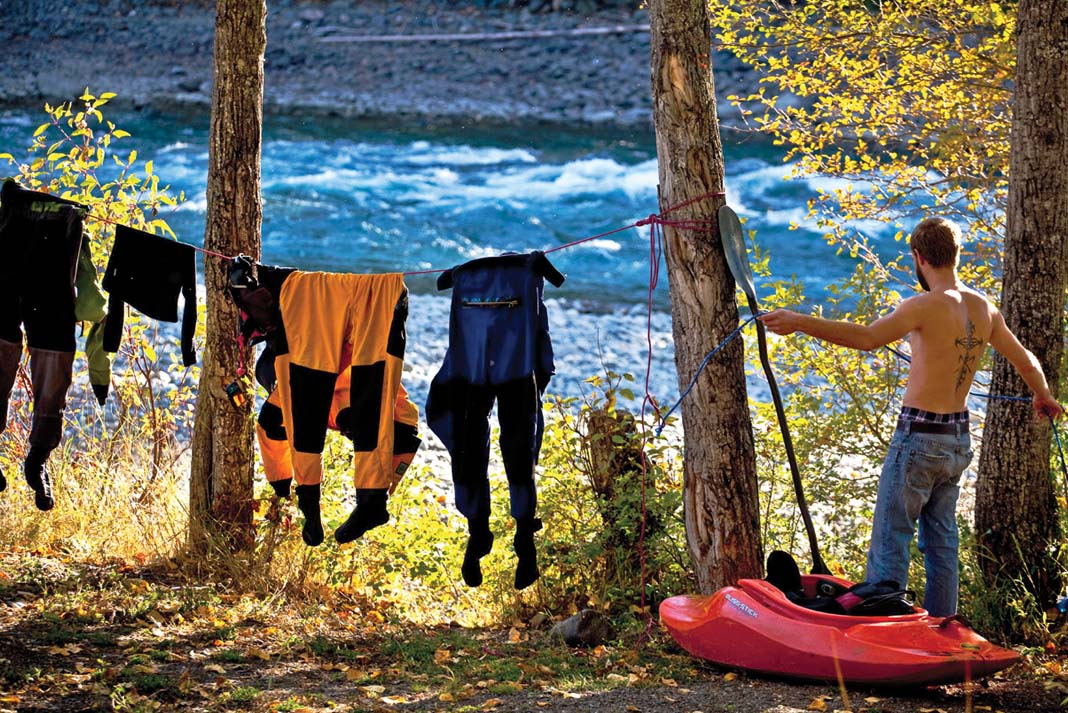
25 It was colder then
It used to be that newbie paddlers froze their asses off in hand-me-down neoprene. Few invested in the Holy Grail of whitewater equipment: the drysuit. Not anymore. We can attribute the drysuit’s rise in popularity, at least in part, to the enormous improvements in quality.
Let’s not forget that early drysuits were urethane-lined nylon—“Big bags with zippers on ‘em,” says Jeff Turner, sales manager at Kokatat. Gore-Tex changed the game in 1989 with waterproof breathable fabrics, and continuous innovation has turned drysuits into tailored-fitting pieces of customized equipment. These days you can even pick color and almost every entry imaginable.
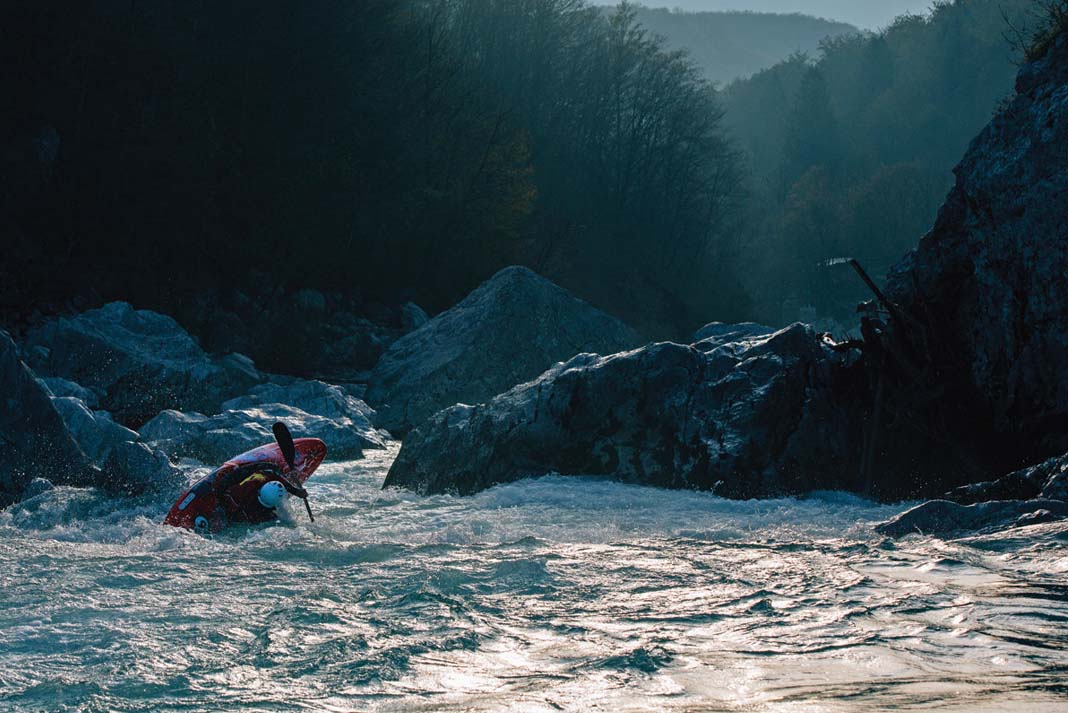
26 Growth
Some 2.4 million Americans, 0.8 percent of the population, went whitewater kayaking in 2014 according to the most recent Outdoor Industry Association’s Special Report on Paddlesports. While these numbers don’t do a great job at illuminating the experience of enthusiasts (those stats include people who tried the sport even once) they do help us broadly gauge the general population’s engagement with whitewater. The numbers represent only marginal growth in participation for whitewater kayaking in the last few years, but have doubled since the lonely days of 2008 when only 1.2 million Americans tried whitewater kayaking. As for open boating? Let’s just say we’re still all on a first name basis. Just the way we like it.
Destination: anywhere. | Feature photo: Ryan Creary



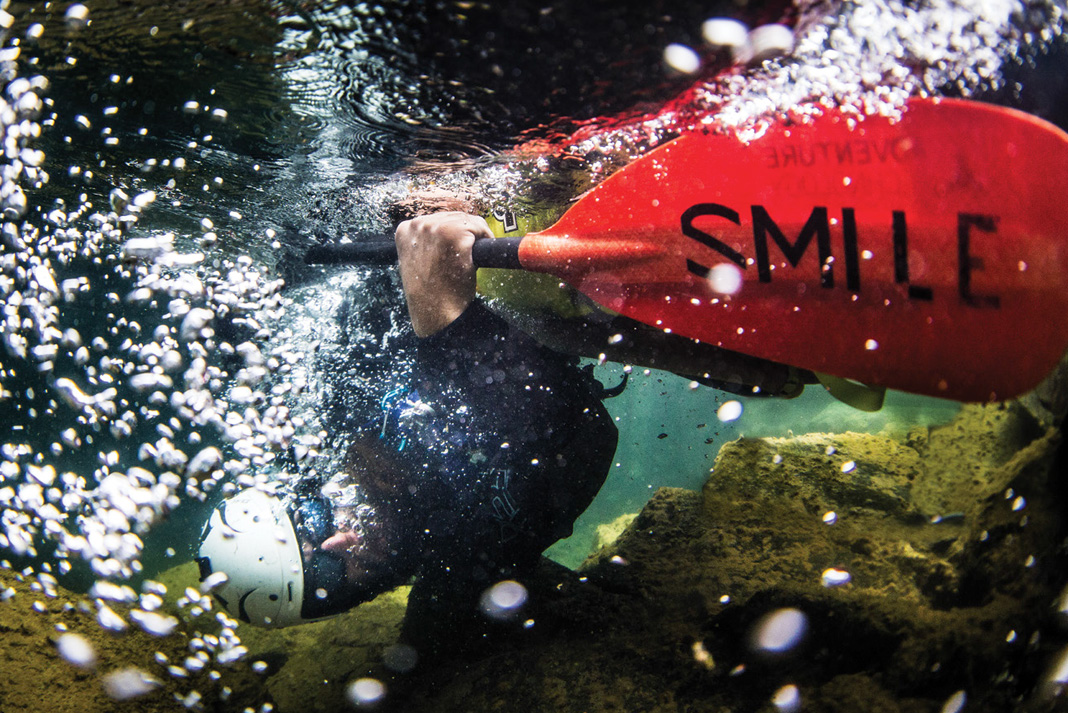
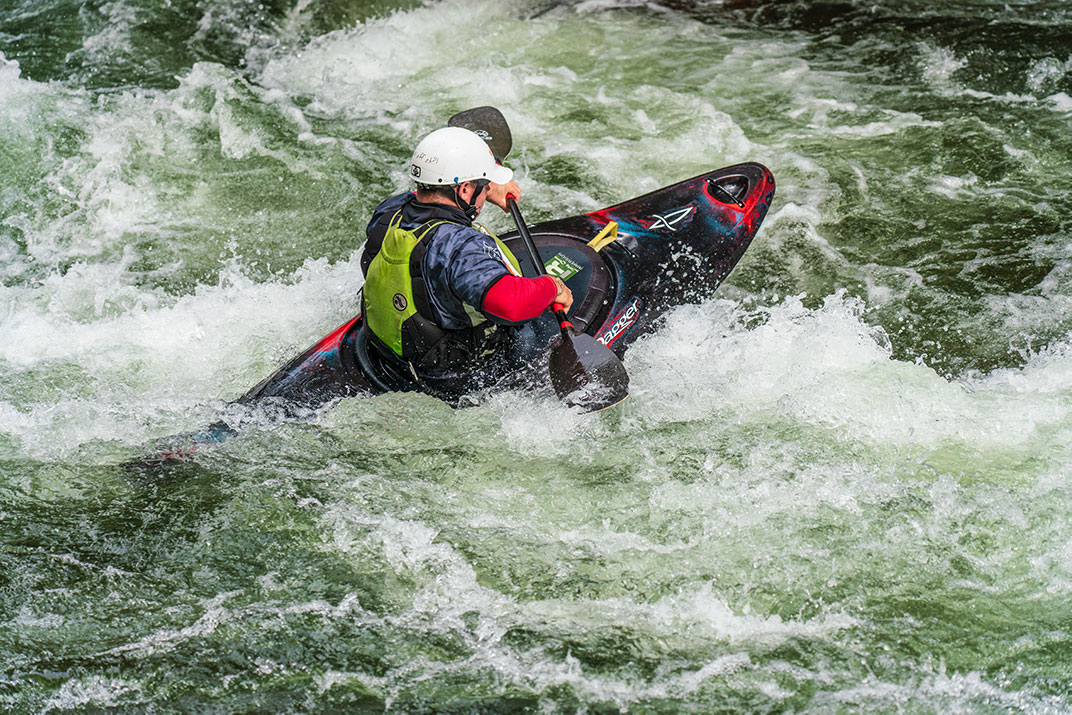
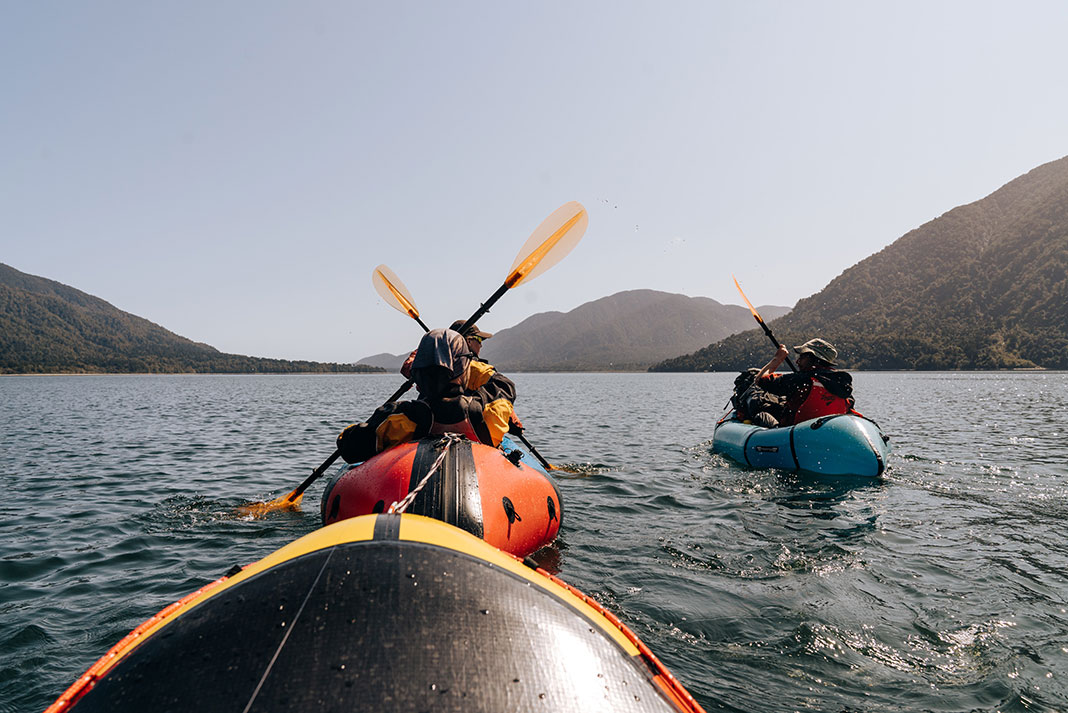

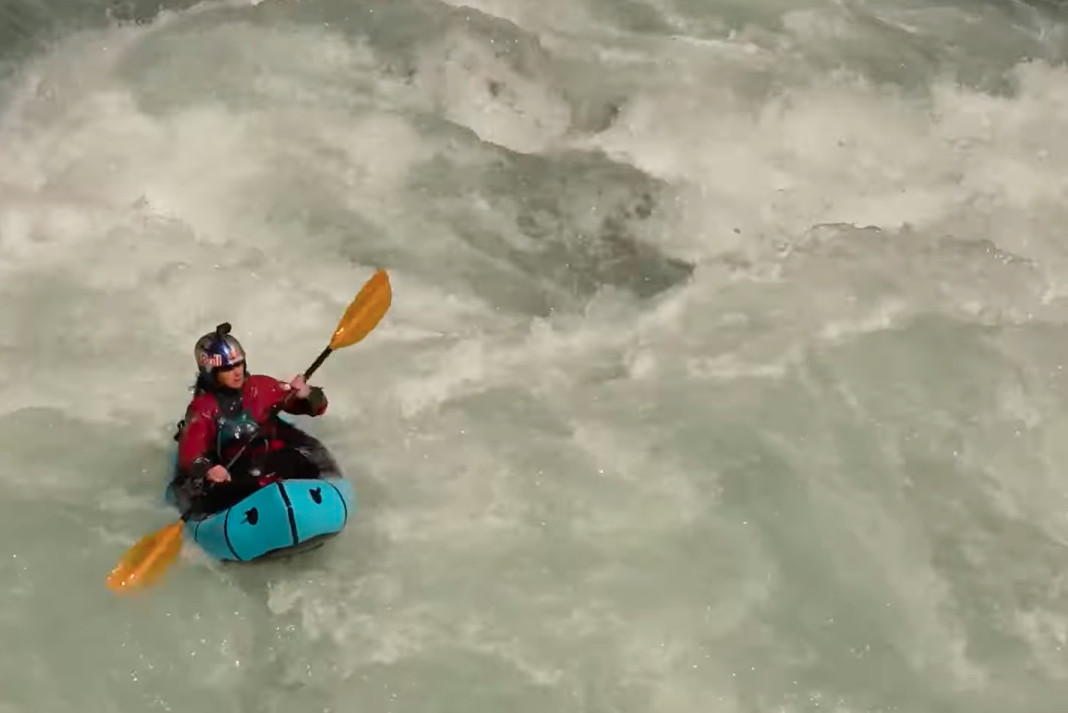
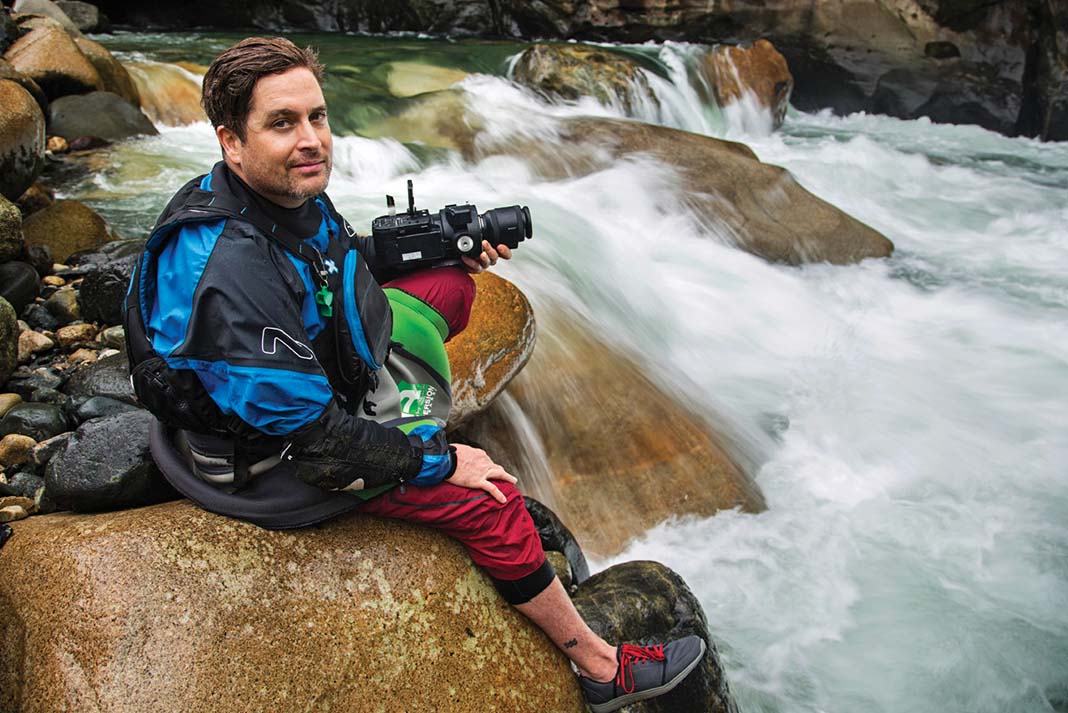
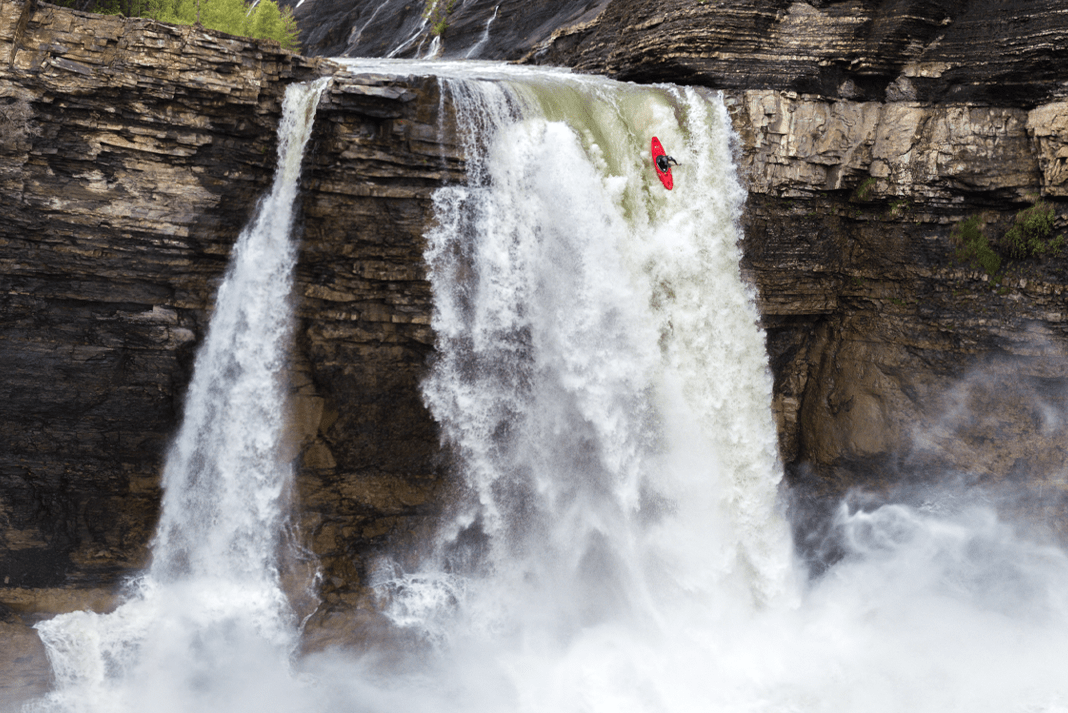
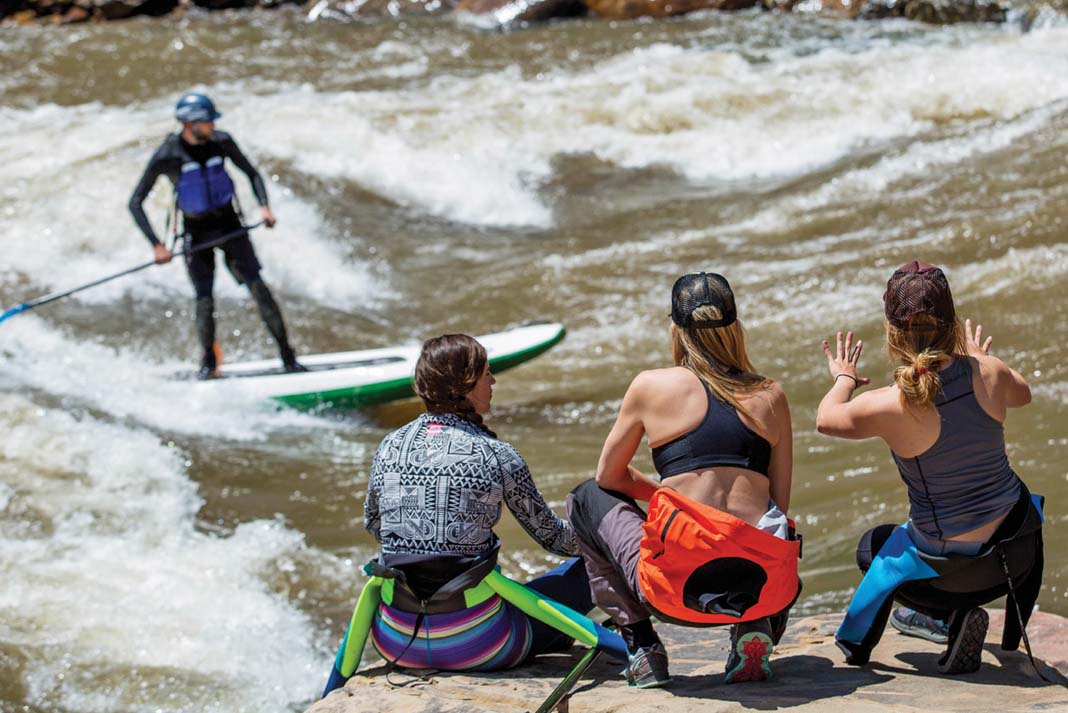
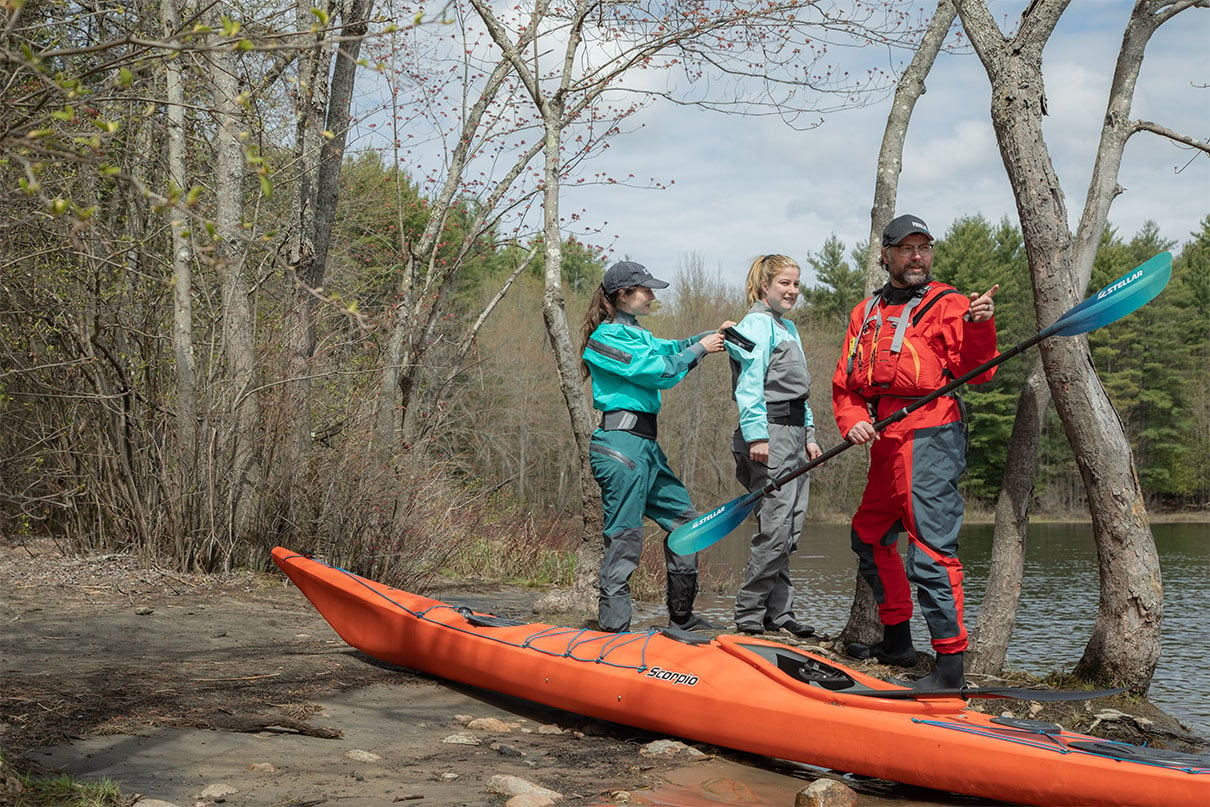
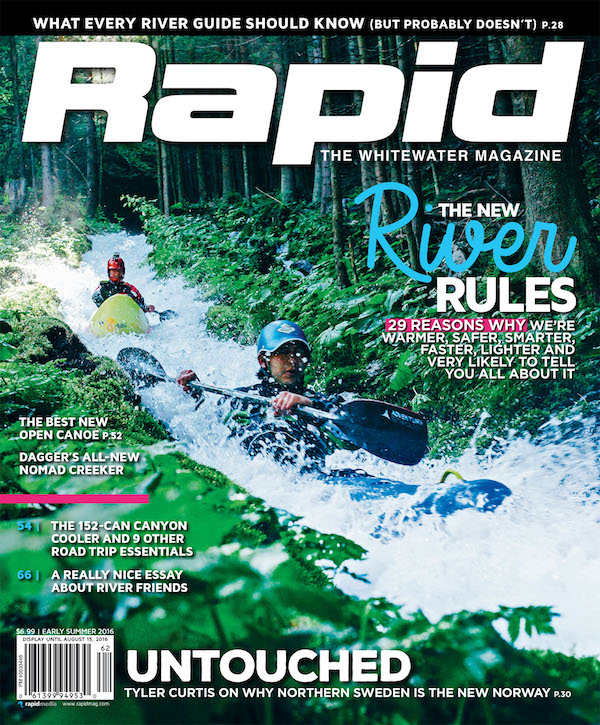 This article was first published in the Early Summer 2016 issue of Rapid Magazine.
This article was first published in the Early Summer 2016 issue of Rapid Magazine. 